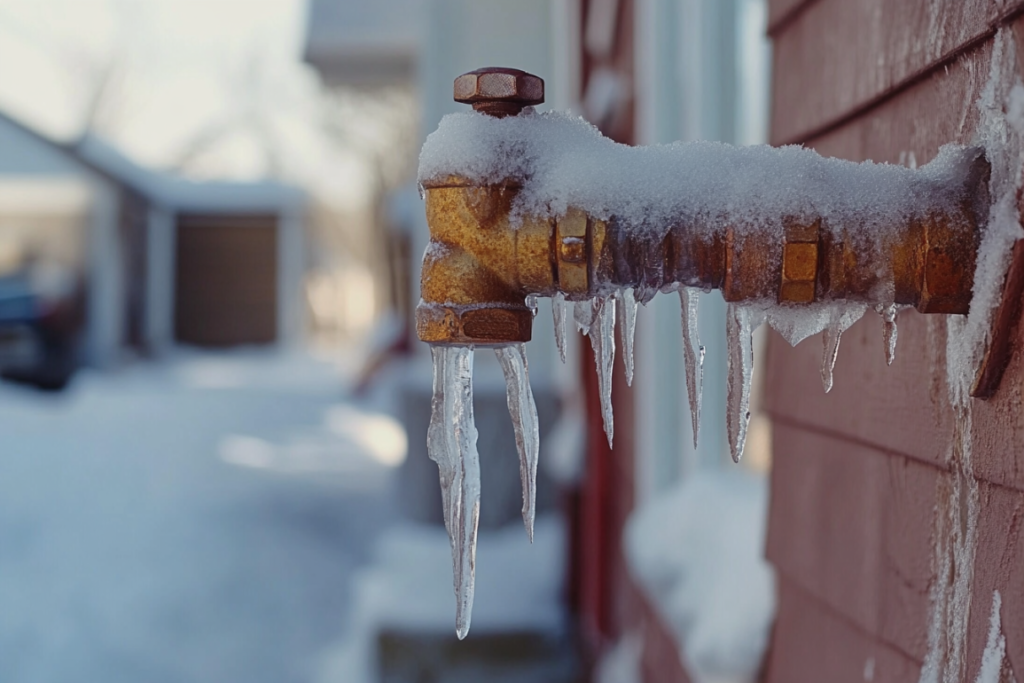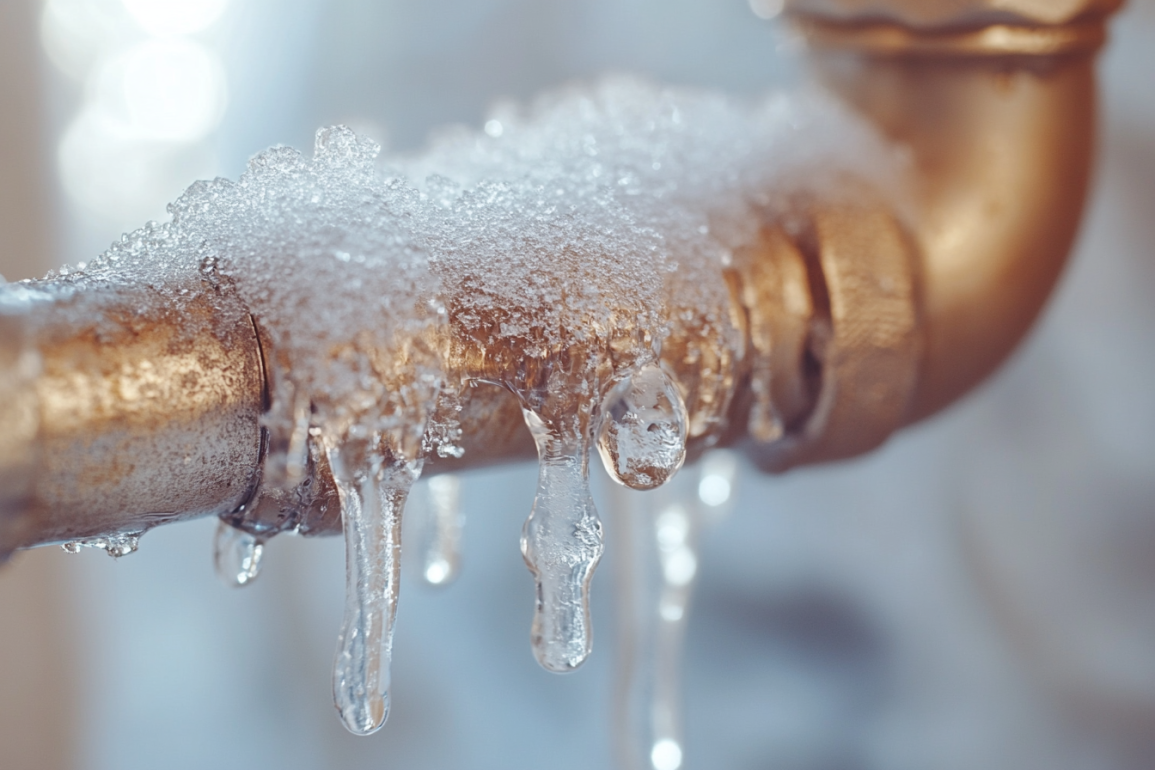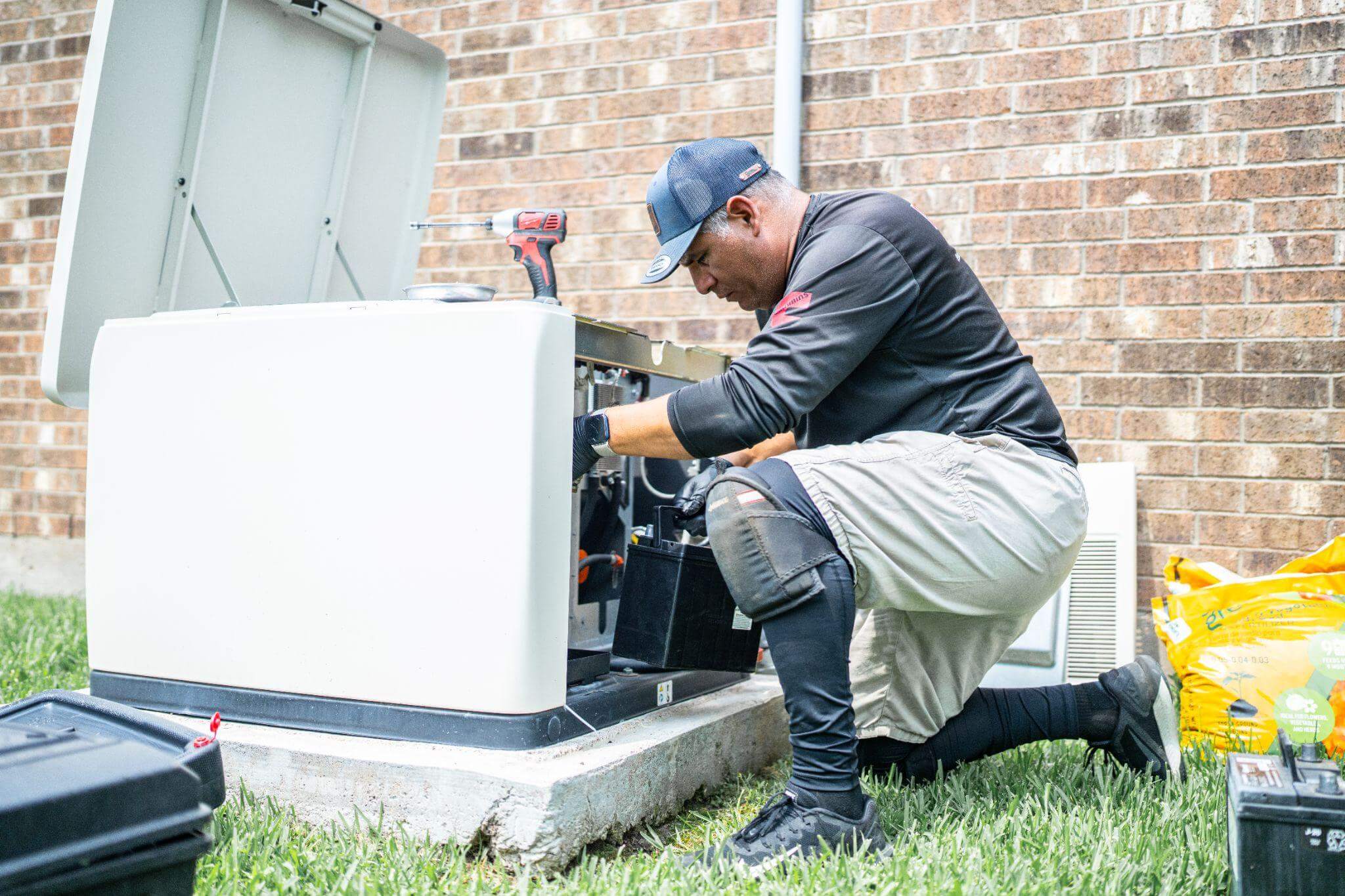Are you doing a plumbing project?
Modernize can pair you with three to four pros in your area, so you can compare options and save time and money.
Avoiding Frozen Pipes This Winter
As winter approaches, homeowners face the task of safeguarding their plumbing against the freezing temperatures. Freezing pipes can lead to significant damage and costly repairs, making winter preparation a crucial aspect of home maintenance. This guide will walk you through essential steps to prepare your plumbing for the cold months ahead, ensuring your home’s system remains intact and functional. From understanding how to keep pipes from freezing to general winter plumbing maintenance, this guide covers all the essentials.

Why Do I Need to Prevent Frozen Pipes?
- Preventing Structural Damage: When water freezes inside pipes, it expands, creating immense pressure. This pressure can cause pipes to burst, leading to leaks and potentially significant structural damage to your home.
- Avoiding Water Damage: The water released from burst pipes can quickly inundate your home, causing extensive water damage to belongings, furniture, and other valuable items. Water damage often requires extensive cleanup efforts and can lead to mold growth if not addressed promptly.
- Preventing HVAC damage: When pipes freeze, the risk of reduced heating efficiency increases. Frozen pipes in areas where HVAC ducts or components are located can compromise the system’s ability to deliver warm air effectively
- Minimizing Repair Costs: Repairing or replacing burst pipes and addressing associated water damage can be expensive. By taking preventive measures to avoid frozen pipes, homeowners can save on repair costs and potential insurance claims.
- Ensuring Comfort and Convenience: Frozen pipes can lead to a lack of running water, leaving you without essential services such as bathing, cooking, and cleaning. By preventing frozen pipes, you ensure that your household continues to function smoothly even during the coldest months.
How to Keep Pipes from Freezing
Insulate Pipes
The most effective way to prevent your pipes from freezing is to ensure they are well-insulated. This is especially crucial for pipes in unheated areas like basements, attics, and garages, as well as those running along exterior walls. Pipe insulation sleeves or foam rubber can be used for this purpose.
Keep the Heat On
Even when you’re away, keep your home’s temperature set to at least 55°F (13°C). Consistent heating helps prevent the pipes inside your walls from freezing.
Let Faucets Drip
Allowing a slight, steady drip from faucets can prevent freezing, especially for pipes susceptible to extreme cold. The running water provides relief from the built-up pressure due to freezing, reducing the risk of burst pipes.
Seal Cracks and Openings
Check for any drafts near your interior pipes and seal up cracks and openings. Caulking or insulation can be used to prevent cold air from reaching the pipes.
Disconnect Outdoor Hoses
Before the first freeze, disconnect garden hoses and store them. Drain the water from outdoor faucets and hose bibs. Turn off the water supply to exterior faucets from inside your house and leave the outdoor valves open to allow any remaining water to expand without causing the pipe to break.

Find the Right Contractor for Your plumbing Project
Whether you’re ready to begin your project now or need some expert advice, our network of contractors are here to help. With a few simple questions, we’ll find the best local professionals for you
General Winter Plumbing Tips
Water Heater Maintenance
Your water heater works harder during winter. Drain and remove sediment from the tank to improve efficiency and prolong its life. Check the temperature setting (around 120°F is ideal) and inspect the pressure relief valve to ensure it’s operating correctly.
Sump Pump Check
If you have a sump pump, ensure it’s in good working order before winter. Check for any debris and test it by pouring water into the pit to see if it activates.
Know Your Main Water Valve
Every homeowner should know where the main water valve is and how to turn it off in an emergency. If a pipe does freeze and burst, shutting off the water quickly can minimize damage.
Prevent Septic System Freeze
If you have a septic system, ensure it has adequate insulation, like a layer of mulch over the tank and pipes. Regular use is also beneficial, as constant flow prevents freezing.
Seek Professional Help for Inspections
Consider scheduling a professional plumbing inspection. A licensed plumber can spot issues like cracks or leaks that may not be visible but can cause problems in freezing weather. They can also give tailored advice for your home’s specific plumbing layout and needs.
Being Prepared Is the Best Way to Protect Your Pipes!
Preparing your home’s plumbing for winter is essential to avoid the inconvenience and costs associated with frozen and burst pipes. By understanding how to keep pipes from freezing and following these general maintenance tips, you can protect your plumbing system and ensure it runs smoothly throughout the cold season. Remember, proactive care is key to avoiding major plumbing issues in winter.
Find the Right Contractor for Your plumbing Project
Whether you’re ready to begin your project now or need some expert advice, our network of contractors are here to help. With a few simple questions, we’ll find the best local professionals for you
Reviews from Real Homeowners
Welcome to Homeowner Resources! We are the Modernize blog. Modernize pairs more than 3 million homeowners a year with pre-vetted contractors in their area. This blog started because we believe homeowners should know everything about their homes, from how their HVAC works to which front door colors they might love. On Homeowner Resources, you can find information on every part of your home, right down to how you can negotiate with contractors to get the best price. Here's more about the blog.
Need a contractor? Learn more about how Modernize finds the right pro for you.





